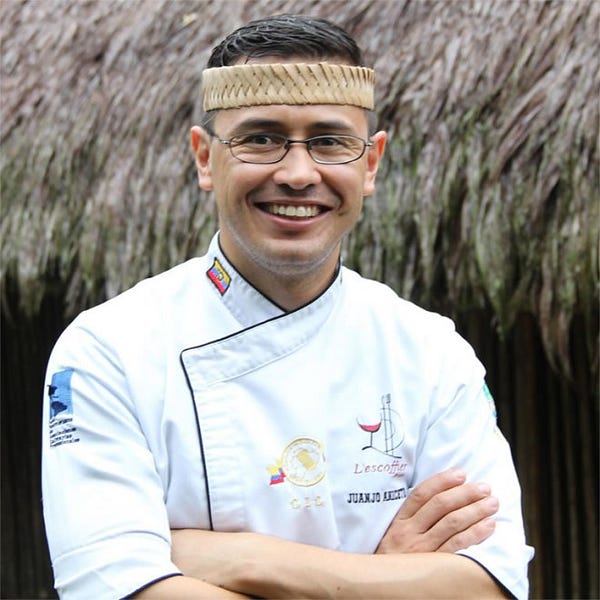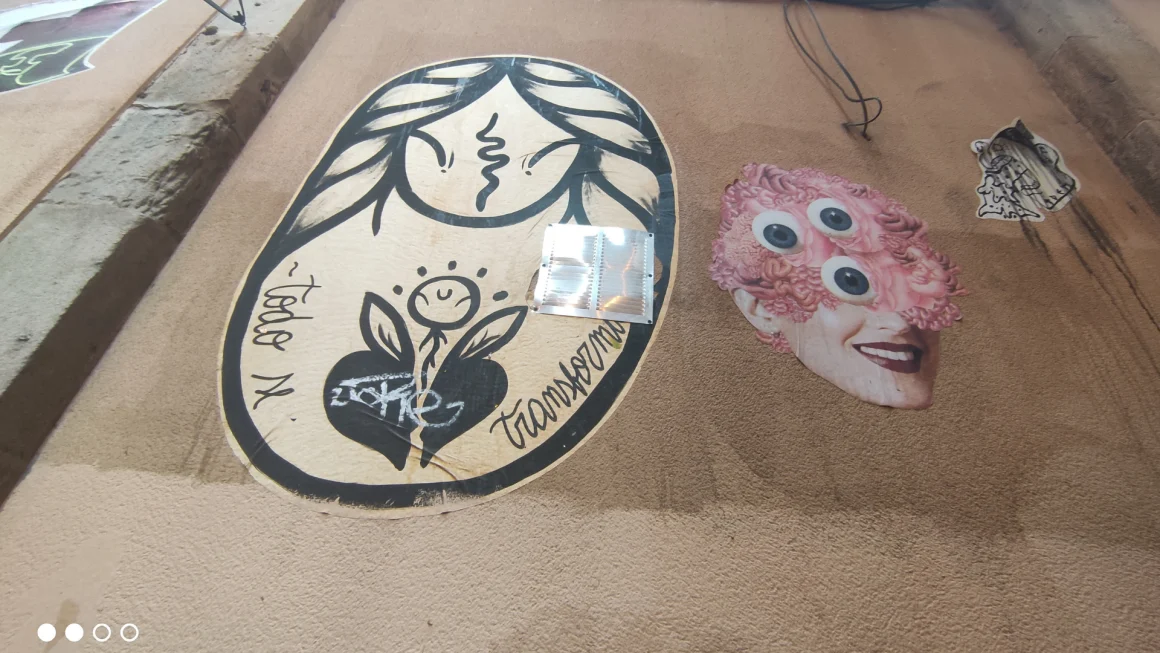A story by Manuel J Aragón
On the subject of food, there is no single truth. Mainly because there is so much variety that it is next to impossible to say, “this food is best” or “this ingredient is healthier”. There is a saying that goes “to each their own” and this is particularly true when we think about food. A simple Google research about “types of cuisine” will bombard us with more than 20 different types of cuisines, and that is only the first page. From Italian, to Indian, crossing the valley of vegans, to the plethora of paleo, keto and whole foods. There are as many kinds of foods and ingredients as trees in The Amazon Rainforest.
Demands tax our biodiversity
This much variety of readily available consumption goods has come at a price. Some goods are preferred over others, and if we add to this preference the public policies on food regulations, and our economic model that favour those products of higher demand; we end up with a system of dominance from those consumption goods, meanwhile other specimens that are not so known get lost and sometimes extinct. Let us take apples for example: with more than 7000 varieties the world’s demand for apples normally circles around 10 different typesI (I challenge you to recall more than 3 kinds of apples out the top of your mind). The same goes for potatoes, bananas, carrots, and many other foods.

This phenomenon is seen with great worry by some for it threatens the biodiversity of our planet; therefore, projects like the Millennium seed bank were created. A place to store endangered species of various plants, in order to prevent complete extinction, and in such a case, have the means to restore the planet’s biodiversity. All for the sake of preserving our world’s diversity.
The links between a seed bank that preserves biodiversity and our future as a living species are quite self-explanatory. However, how does all this link with the different types of cuisines around the world? Well, it is because of our eating habits that these worries arose in the first place. And because of globalization we not only have access to the world’s recipe book, but to what seems to be a boundary-less pantry, where we are able to get whatever we want or need with just one click. We now have fresh fish kilometres away from the riverbanks and seashores, and strawberries are being eaten in barren regions just to mention a couple of examples.
I am not going to go into the environmental damage that is being done to achieve such off-seasonality of foods (that is a subject for another day). But I do want to make an educated guess of how this tendency of dominance of some types of foods can work in biodiversity’s advantage, and even help us preserve even further our planet.
We have seen the trends and fads of international cuisines.
A few years back everyone wanted a taste of Japanese culture trough sushi; in order to experience Italy from the comfort of our home, pizza rose in fame; Bao-buns and pekin duck had their moment when the Eastern Tiger rose from slumber; when science discovered the benefits of cumin, anis, and cardamom Indian food was in the spotlight; and now with This Netflix documentary about the joys and miracles of the vegan diet, we can be sure lettuce will try to have a go for the hall of fame.
But what is next? Who is going to be the lucky one that will be saved from the brink of extinction and be placed in the 2020 dominance list? A look to the world’s events can possibly help us answer that question.
For example, there has been an increase on the amount of Mexican cuisine in the “fine dining” area of the restaurant sector. We are seeing restaurants like Pujol on the list of the 50 world’s best. Also Mexican food was declared intangible heritage by UNESCO. But, Mexican cuisine is one of the trends that has already conquered the world (can you think of a city that does not have a Mexican themed restaurant?). But there is another region that can profit from the Mexican spotlight, and it is in our opinion the next golden girl of chefs, foodies, and food trends.
Next in the menu: The Amazon Rainforest.

The Amazon Rainforest has been a subject of scientific studies for decades, it holds immeasurable biodiversity value; It holds over 390 billion types of trees, and a lot of medical research have taken place here. Moreover, both anthropologist and sociologist are fascinated by the indigenous cultures present in the rainforest, some of which are still virgin settlements. Interestingly enough there are also chefs creating fine dining cuisine experiences from the various ingredients available in the amazon rainforest: an example is the Brazilian chef Alex Atala whose restaurant D.O.M. in Sao Pablo is one of the most famous worldwide;

another example is Juan José Aniceto, a chef from Ecuador who not only researches the ingredients of the Aamazon, but also shares with the indigenous community to learn the ancestry of their preparations; in order to bring to the table intriguing foods like chontacuros (palm tree worms) and also the indigenous knowledge of these forest delicacies.
It is also a matter of self-preservation
Not long ago we witnessed what is considered the worst rainforest fire in recent history. Some say it has been the most devastating dry season to take place in the Amazon Rainforest since they started tracking. We are all on the same page when we say that protecting the rainforest is vital for our society to keep a somewhat normal existence: The Amazon Rainforest is known as the lung of the world after all (it accounts for the 20% of oxygen turnover to the atmosphere). However, The Amazon Rainforest does not have a privileged spotlight in many spheres of society. Medicine, sociology, and anthropology have not had the necessary force to lobby for the preservation of this ‘yet to be discovered’ region. Adding food to this plea of conservation could be just what The Amazon Rainforest needs to overshadow precarious public policy and be regarded as the treasure trove it actually is. Furthermore, research activities like those carried out by Chefs like Alex Atala and Jorge Aniceto can play an important role in the fight for preservation of ecosystems and shed some light about the perils of deforestation (even if they are clear enough already).
In conclusion, the future trends in food can come from The Amazon Rainforest, but it will come with extra seasoning of social responsibility, sustainability, and environmental consciousness. What could convey the “we only have one planet” message better than being able to understand the importance of biodiversity and variety through food from the place that allows our society to enjoy a fresher air?
This is a story of the Futurist Club
By Science of the Time
Written by: Manuel J Aragón

Manuel J Aragon S is an economist and chef, currently studying a masters in Tourism Management and Planning. He is passionate about public policy and social development; his work experience is strongly related with project structuration and management on the public sector of Colombia, his homeland.
He describes himself as a grounded idealist that thinks it is possible to heal society one individual at a time. He finds this inspiration through his hobbies of reading and writing. He also likes meditation, sports, public speaking, effective communication, and subjects about personal development.
He is an ambitious individual and hopes to create a foundation that researches, collects, and documents indigenous folklore, food traditions, and recipes; all in order to create social and economic development on culture-rich societies.
His motto #MyLifeInACupOfCoffee.





